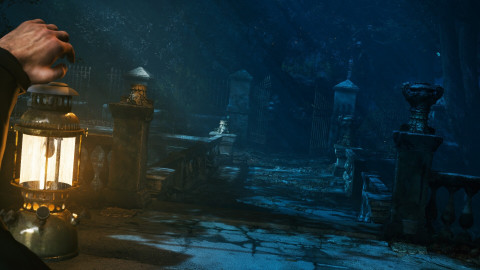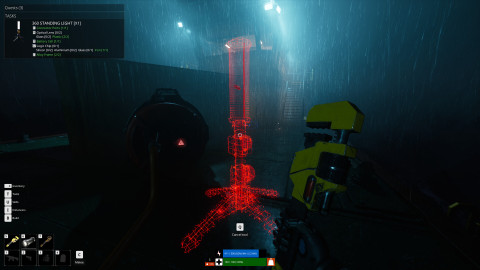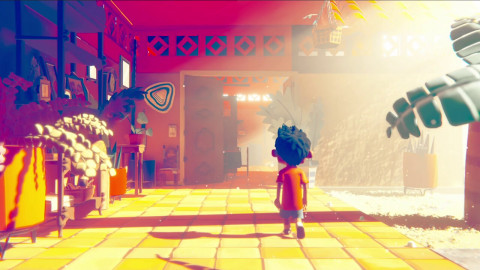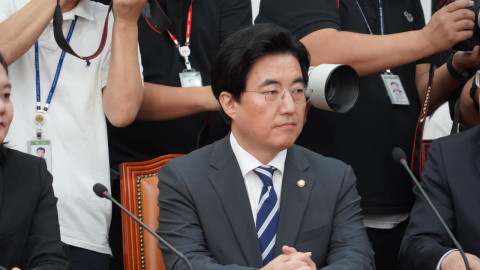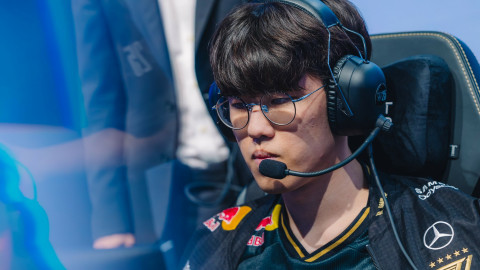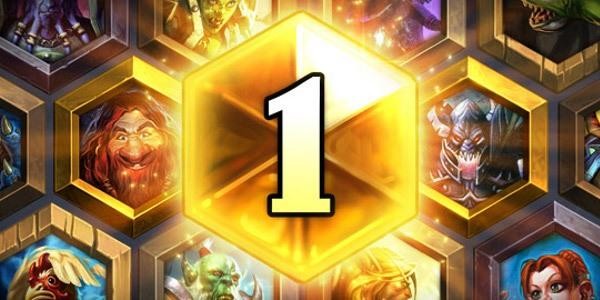
March was supposed to be an epic Hearthstone season in which the final battles were fought leading up to the year’s first Playoffs, all while the hype for the game’s upcoming Witchwood expansion built up. Instead, March for many professional Hearthstone players turned out to be the most frustrating season to date.
It all started with what was supposed to be a joyous start of a new Ranked era. As announced per blog and video, the start of each new season would look completely different. Whereas at the start of previous seasons every player would earn bonus stars based on the rank they had achieved, the new system would set everyone back four ranks when a new month commenced. Not only did this mean most players wouldn’t have to grind as much to achieve the same rank as in prior seasons, it also spread out the player base. For players who achieved Legend rank this meant a start at Rank 4 instead of at Rank 16.
At least, that was what it was supposed to mean.
As February turned into March, reports of an error surfaced. The Asia-Pacific region, first to try out the update to Ranked Mode, had Legend players reset to Rank 1 instead of Rank 4. To make matters worse, many were reset to Rank 1 with 5 stars, meaning they were only a single win away from entering Legend ranks. While some players did see the fun in it for a while, jokingly posting they had achieved Legend with a 100% win rate, others were less pleased about the whole ordeal. Their competitors had received a wildly unfair advantage.
Trouble didn’t stop at the borders of Asia-Pacific’s server: China and Europe, next in line, faced the same issues as its neighbor region. It was chaos, and the plugs were pulled. Blizzard shut down Ranked Play for the three affected regions and to prevent further damage, the Americas region was temporarily shut down too. For a day and a half, Ranked Mode was unavailable as Blizzard tried to solve the issue. When the lights were switched on again, with a hotfix in place, an apology was made and free card packs were rewarded to all players.
Briefly, all seemed well. Very briefly, that is. After Lead Game Producer, Yong Woo stepped in to solve the last few reset errors more and more players started to hit Legend. Once at Legend Rank, however, it became impossible to progress. Players like Tyler “Tylerootd” Nguyen lost ranks despite boasting a win rate near 67%. An unprecedented insurmountable task was presented to the players. On the flipside a small group, amongst whom HCT World Championship 2017 silver medalist Jung-Soo “Surrender” Kim, had claimed a high rank in Legend and sat comfortably as they watched others fall further down the ladder.
Befuddled and frustrated many pros fled to the Americas server, as it was the only one to seemingly function normally. Those who had their fun when they only needed one win to get to Legend came to realize coveted HCT points might be at serious risk.

Amid the chaos, players’ pleas for an explanation and/or a fix for the atrocious situation became increasingly louder. Chris “Feno” Tsako posted a Twitlonger summarizing the situation, which spread widely amongst other players. A few days later, mid-March, the prayers were answered, as another update came through. In order to claim HCT points at the end of the season, all players were required to play at least 30 games–those sitting duck at the top with a seemingly impossible-to-reach MMR would have to take part actively, at least for a short while.
For about two weeks all servers ran as they were supposed to. Although it was unconfirmed at the time, players suspected something in matchmaking had changed in addition to the obligatory 30 Ranked games. High rank-volatility caused exaggerated shifts in ranks but at the very least players knew what to expect, how many ranks they would approximately gain and lose with each game played. After a rocky start March finally seemed to cruise towards a calmer, much-desired end.
Until Blizzard decided to finish March as chaotic as it had begun the season. With only a few days left to April, players started to notice another change. Once again gaining ranks seemed harder, similar to the situation before the 30 required games were implemented. Tugay “Mryagut” Evsan even lost ranks in spite of winning a game. Angered once more, players took to social media to voice their frustration.
At last, Blizzard issued an apology at the end of the month. As suspected, Ranked matchmaking had changed mid-season and a few days before the end of March: from March 16 until the 28th ranks were made more volatile and the last few days this change was reverted. Players who sat at a high rank before the 28th now sat comfortably once again, their MMR being harder to surpass for their competitors. While some players, such as Jon “Orange” Westberg, accepted the apology, not everyone was as forgiving.

One term looms over the entire fiasco: transparency. Or rather, the lack thereof. While Blizzard has never been a company known for its refreshing candor, the March season stands out as a dark page in Hearthstone’s competitive history. Ladder rewards many valuable HCT points, and changing its structure unannounced hurts the integrity of Hearthstone’s entire competitive structure.
“In my opinion, they should not have apologized for not communicating the changes made, but for making those changes in the first place”, Canadian pro player Julien “Cydonia” Perrault explains. “Make it transparent or stop making changes so players can get used to it and figure out the MMR gain and loss themselves.”
It is far from the first time insight into Hearthstone’s matchmaking system is demanded, although the debate never reached the heat and height it did this time. Players have noticed slight differences in matchmaking before, but the timing this time couldn’t have been more off.
“The March season was incredibly important. It counted for the Hearthstone Global Games qualification and the upcoming HCT Playoffs. And now it snowballs, because missing the Playoffs means I’ll earn fewer points for the subsequent Playoffs too”, Cydonia continues. And not only players’ financial situation was impacted by the debacle. It also directly impacted players’ physical well-being as: “At the end of the season I played for over twenty-four hours, close to thirty I think. Normally the last few days already were stressful, but it didn’t require five days of sixteen hours.”
His sentiment is shared by many others. Hearthstone veteran Petar “Gaara” Stevanovic wrote a long post telling a story similar to Cydonia’s: “I played for around 40 hours straight with no sleep, I had around 70% win rate and I slowly climbed my way up from rank 250 up to top 50. The climb wasn’t much harder or anything, it just took about 4x more time and time was the only thing they didn’t give us.”

While March stood out as an exceptionally chaotic month, its ladder controversy brings to attention the flaws that are rooted in the ladder system itself and its connection to the Hearthstone Championship Tour. The format tends to only reward those who do well in the last few hours of a month’s very last day. It’s been a source for much frustration in the past, but relatively little has improved to reward consistency over the entire month.
“Back when Blizzard reached out to the competitive community and asked for advice on how to improve the competitive experience, I suggested a new system,” Cydonia says sighing. “Instead of having regular ladder count you could have a separate system on which players play Best of Threes, up to like 200 in a month or something.” An interesting thought, as it would allow for players to schedule those games according to their own agenda and remove the current focus at the end of the season. On the ‘regular’ ladder players could tune individual decks to their liking before playing them ‘for real’ on the competitive mode.
Other, similar suggestions look at the in-game tournaments that are coming to Hearthstone this summer. As soon as the mode can handle bans and other requirements to produce an environment fit for competitive Hearthstone weekly in-game tournaments could be hosted to reward HCT points, completely abandoning ladder’s HCT point rewards.
However appealing these suggestions might be, it’s unlikely any major changes to the in-game HCT point rewards will be made, at least until the start of a new HCT year.
The message from competitive players is very clear, though. Hearthstone’s ladder system needs some way to visualize the objectives better for competitors. Perhaps players can switch on MMR-visibility via the in-game menu, perhaps showing MMR is best done through a separate website players can visit. At the very least, if the Hearthstone team wishes to retain the game’s competitive integrity, toying around with matchmaking can no longer happen unannounced and mid-season
(Images via Blizzard)
-

Storyteller by heart. If something is competitive, I am interested in it.
Sort by:
Comments :0

